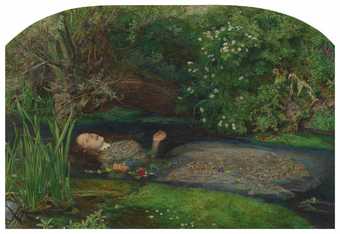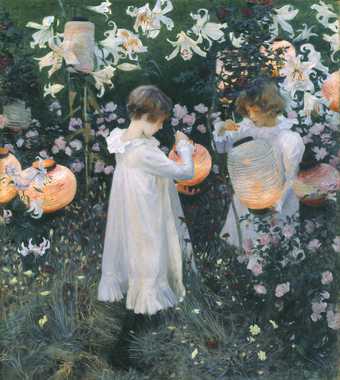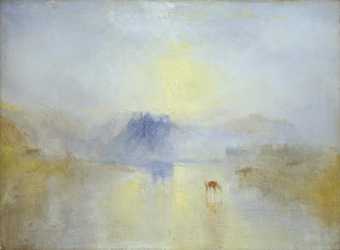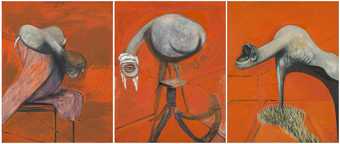We have been busy working on some exciting changes to our free collection displays at Tate Britain. Below are 5 artworks to look out for during your next visit.
5 artworks to look out for at Tate Britain
Discover new stories and voices alongside much-loved familiar favourites

Sir John Everett Millais, Bt
Ophelia (1851–2)
Tate
Ophelia by John Everett Millais
Ophelia (1851–2) is a visitor favourite, our top-selling postcard and one of the most popular Pre-Raphaelite works in Tate’s collection. Millais painted the tragic death of Shakespeare’s Ophelia in painstaking detail, leaf-by-leaf, over many months.
Artist, poet and model Elizabeth Siddal posed for the painting wearing a wedding dress in a bathtub of water in Millais’s studio.
Dreams Have No Titles by Zineb Sedira

Zineb Sedira Dreams Have No Titles 2022 Film still © Zineb Sedira, DACS, London
Based in Brixton, Franco-Algerian artist Zineb Sedira often uses her own personal story to examine themes such as politics, family and identity.
In Dreams Have No Titles (2022) she explores her childhood and love of 1960s and 1970s Algerian cinema to ‘connect [my] story to a bigger story’ – it was made during the 60th anniversary of Algeria’s independence from French occupation. Sedira, her parents, son and friends all appear in this nostalgic, affectionate film about community and connection.
Carnation Lily, Lily Rose by John Singer Sargent

John Singer Sargent
Carnation, Lily, Lily, Rose (1885–6)
Tate
John Singer Sargent was an American artist who settled in London in 1885 as a much in-demand society painter. In Carnation Lily, Lily Rose (1885–6) he paints two children from life as they light Chinese lanterns in a garden of flowers on a twilit summer evening.
It took almost a year to finish, probably because he could only paint for a few minutes every evening when the light was exactly right.
Norham Castle, Sunrise by JMW Turner

Joseph Mallord William Turner
Norham Castle, Sunrise (c.1845)
Tate
Tate Britain is home to the world’s largest collection of works by JMW Turner, one of Britain’s best-loved artists.
Norham Castle, Sunrise (1845) is an unfinished painting created late in his career. Here, his unique brushwork and use of colour highlight the blazing light of the sky and landscape. Turner saw the castle during his first tour of Northern Britain and painted the scene many times in his life.
Three Studies for Figures at the Base of a Crucifixion by Francis Bacon
Francis Bacon’s Three Studies of Figures at the Foot of a Crucifixion (1944) is a triptych – a work of art in three sections, typical in religious paintings.
Bacon said the figures in the painting were Furies, ancient Greek goddesses who punished human wrongdoing. Shown in 1945 towards the end of the Second World War, its disturbing images and powerful portrayal of human suffering and fear shocked the public.

